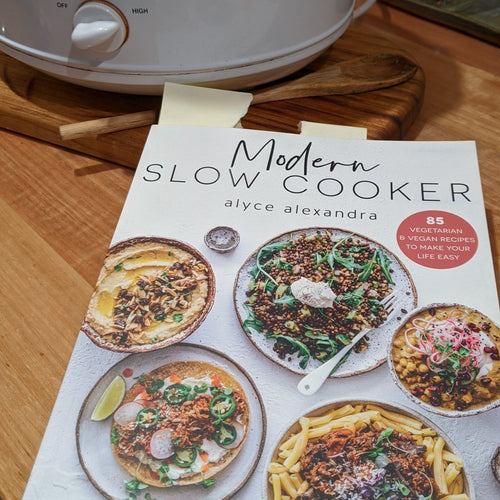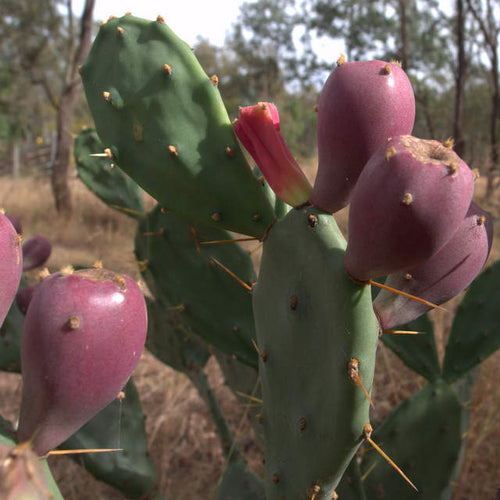Nourishing Traditions - Grains and Legumes
Continuing my review of Nourishing Traditions: The Cookbook that Challenges Politically Correct Nutrition and the Diet Dictocrats, this was such a huge chapter for me, I want to review it by itself. The main idea is that grains and legumes require careful preparation to ensure that the nutrients are completely available. This means soaking and fermenting overnight, or at least several hours, and no quick boiling methods! It also includes sprouting the grains first.
See more posts on Eight Acres about Nourishing Traditions here.
I've always known that I had trouble digesting grains, but I didn't understand why. I tried eating gluten free, but it didn't help, so I went back to eating bread and flour again. I tried eating brown rice, but I never liked it. I've never really enjoyed beans/legumes, they always make me feel overfull. With all this in mind, I was very keen to try the suggestions in this chapter.
Whole grains in Nourishing Traditions
- oats for porridge should be soaked overnight in kefir or yoghurt - I tried this last winter and found that the oats cooked more quickly and I was able to digest the porridge more comfortably.
- brown rice should be soaked in water and whey/kefir/yoghurt for several hours - if I am organised and remember that we plan to have rice for dinner, I leave the rice soaking during the day, this produces delicious tender brown rice.
- Many more recipes for different grains and flavours.....
| soaking the rice |
Breads and flour products in Nourishing Traditions
- this is the one that is still holding me up! I tried the banana bread and the yoghurt herb bread and neither turned out very nice, so I hope I'll learn more soon!
- The other option is sourdough.... or my soaked flour method
| banana bread disaster (refused to cook on the inside) |
| yoghurt herb bread was a bit flat... |
Legumes in Nourishing Traditions
- Beans should be soaked for at least 12, if not 24 hours before use. Otherwise they can be sprouted.
- I haven't tried any of these recipes, honestly we have so much beef in the freezer I have no need to make it go any further by adding beans, but one day I may be glad to have these recipes, they all sound very tasty.





















Leave a comment